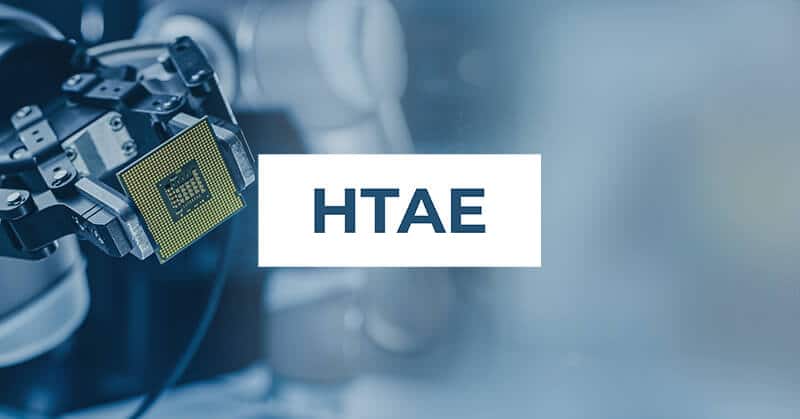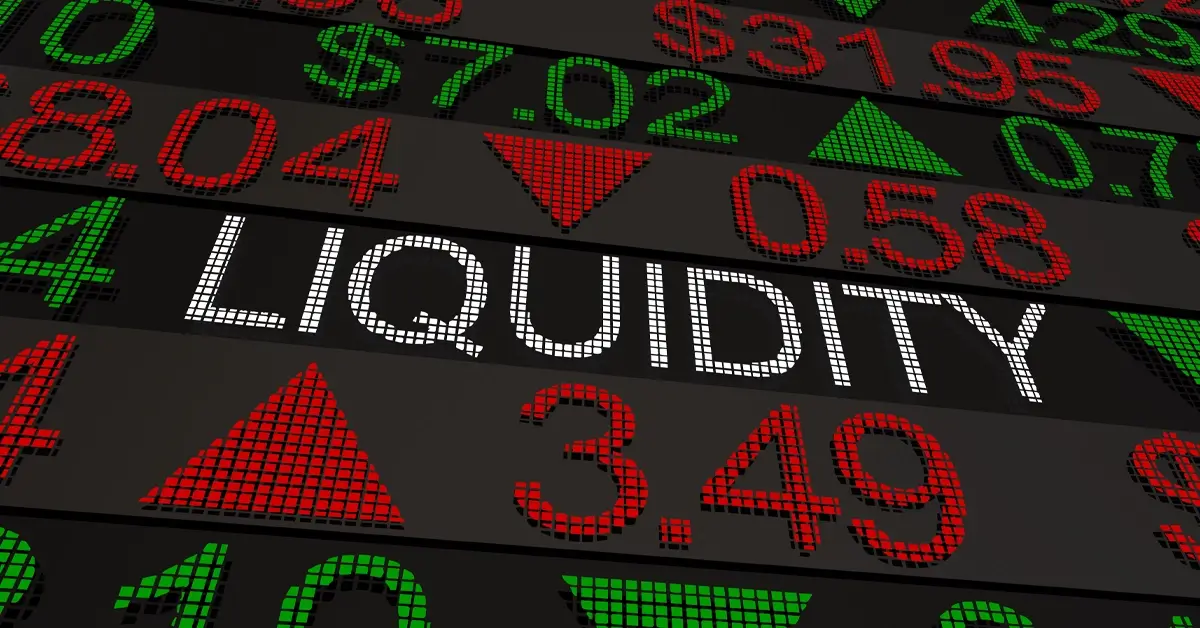This article originally appeared on Moneysense.ca and has been published here with permission.
For equity markets, 2022 was the worst year since the 2008 stock market rout. The S&P 500 benchmark index shed almost 20%, while the Dow sank almost 9% for the year. Things were particularly bad for tech stocks, evidenced by a relentless selloff that led to the sector plunging more than 29% and the tech-heavy NASDAQ index losing a staggering 33% of its value.
While the tech sector has somewhat recovered this year, handily outpacing the broader S&P 500 benchmark index, the valuations are still well below their peaks.
What’s affecting the value of tech stocks?
Over the past year, the tech sector has had to contend with a perfect storm of macroeconomic events including global economic uncertainty, the war in Ukraine, red-hot inflation, rising interest rates, the ongoing supply-chain crunch, stretched valuations and subpar earnings.
Moreover, the value of many technology stocks largely depends on their future earnings, and if investors reduce their expectation for tech-stock growth or think future earnings will be lower, the value of these stocks drops more precipitously than the broader market.
For instance, Amazon, Netflix and Meta shed a whopping 48%, 58% and 70% of their value, respectively, in 2022.
It’s little surprise that leading tech firms like Google, Microsoft and Amazon have been forced to take drastic steps, including mass layoffs, to improve their bottom line.
Is now a good time to invest in tech stocks?
Such steep discounts mean tech stocks are certainly on sale. For the better part of the past decade, tech stocks have appeared mighty expensive on two key measures: share price to earnings, which is the market value of a firm relative to its profits; and price-to-book value, the price of a share relative to the value of a company’s assets.
The current reading of these measures suggests tech stocks are now far below their peaks. So, is now an opportunity to snap up some good deals?
Few would dispute that the best time to invest is when prices have fallen and quality names are trading at a meaningful discount to their fair value, also known as the intrinsic value. The recent sell-off that came after a multi-year bull market saw tech giants such as Meta, Amazon, Apple, Netflix and Google (a subsidiary of Alphabet)—together shortened to popular acronym FAANG—lose trillions of dollars in market cap. This created attractive buying opportunities for opportunistic investors.
Since no one can predict the market bottom, investors may want to consider taking advantage of lower prices now instead of trying to time the market. One way to make the most of price volatility is dollar-cost averaging. This strategy involves investing a fixed amount of money in stocks at regular intervals over a long term, rather than investing larger lump sums occasionally. This allows investors to spread out volatility risk over a period of time
Investing in Canadian tech ETFs
One way long-term investors can take advantage of lower tech-stock valuations is by investing in professionally managed exchange-traded funds (ETFs) that hold a basket of quality companies. Investing in an ETF offers a more cost-effective, diversified way to add high-quality tech companies to your portfolio than buying individual stocks directly.
Tech-focused funds, such as Harvest ETFs’ Harvest Tech Achievers Growth & Income ETF (HTA) and Harvest Tech Achievers Enhanced Income ETF (HTAE), hold several blue-chip Silicon Valley heavyweights whose stocks have been hit hard in 2022 despite their businesses being profitable and having reasonably strong long-term fundamentals. Both HTA and HTAE are income-generating strategies. HTA is an equity-income fund that holds 20 mega-cap tech stocks and uses active call option writing to generate its high-income yield. (A covered call writing strategy boosts income generation by “writing” (selling) call options on some of the stocks held within the ETF. The premiums paid for these options are passed on to investors.)
HTAE, on the other hand, applies 25% leverage to HTA as an underlying fund to generate even higher income and growth opportunities. In other words, HTAE offers access to the same portfolio of large-cap tech companies as HTA, but it offers additional monthly cash flow generated through leverage. For HTAE, that leverage is created through the use of cash borrowing, approximately 25% of the ETF’s net asset value (NAV). (Learn more about Harvest ETFs.)
A leveraged ETF holds both debt and shareholder equity and uses the debt to amplify the daily return to shareholders. The leverage adds some risk, but it also enhances the opportunity for returns when a market goes up.
Investors who have some risk tolerance and want to take advantage of market opportunities may find tech-focused ETFs appealing. These funds could provide a more cost-efficient and lower-risk exposure to the sector than owning individual equities. These ETFs also provide the added benefit of diversification through a broader set of tech companies at lower fees and higher income yield—desirable portfolio attributes no matter your investment objective.
Author:
Vikram Barhat
MoneySense Contributor














